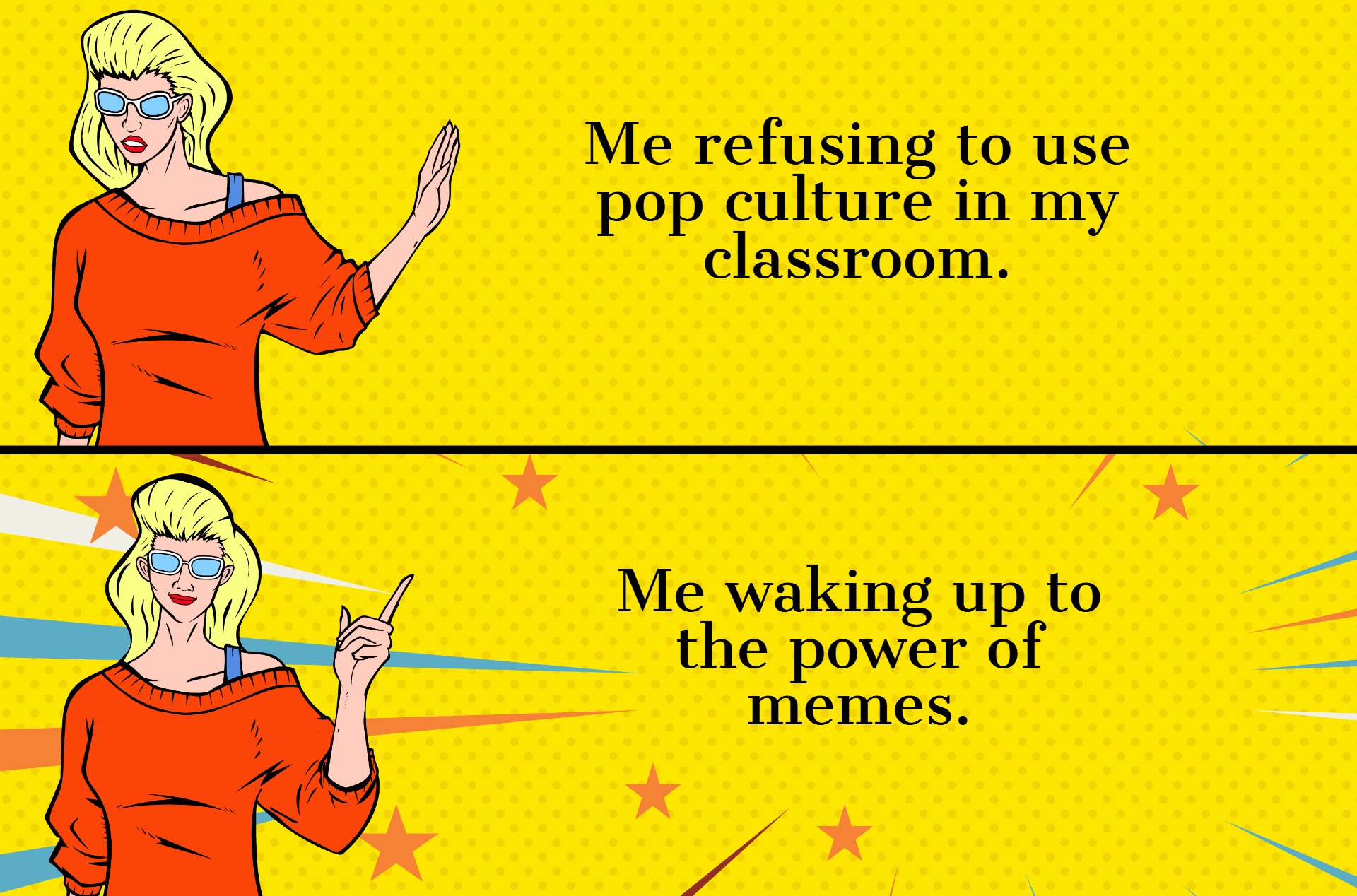How to make the history of ideas more engaging for students
Students become far more interested when discussions focus on the tensions within a belief system rather than comparing two different ones.

When teaching political philosophy, I used to adopt a typical pedagogical approach: compare distinct schools of thought, (i.e., liberalism and conservatism), discuss the major theorists who promote these ideologies, and highlight changes over time. While this constitutes a valid form of inquiry, several students informed me during evaluations that this was akin to rote learning, with little practical value.
When I began to teach a course titled History of Ideas in Social Sciences in 2018, I felt it was important to shift teaching strategies. Recent classroom experience had taught me that students are far more engaged when they discover that tensions exist within the same belief system, and that these clashes have real-life implications. Unique scenarios highlight the effectiveness of this more refined approach.
When discussing contemporary free speech debates, I emphasize the divisions within liberalism itself. Adopting a multicultural outlook, pluralistic liberals want limits placed on language that vilifies minorities. On university campuses, this mindset has gained traction because it prevents marginalized groups from becoming targets of abuse. Sometimes, however, these restrictions can lead to censorship, or what is commonly termed today as “cancel culture.”
In contrast, muscular liberals believe that individuals must use their own observations, reasoning, and judgement to become autonomous moral agents. Hence, they resist any constraints placed on free speech. From the muscular liberal perspective, the solution to countering hate speech is to engage in more dialogue. Yet, according to Bryan W. Van Norden, professor of philosophy at Wuhan University, providing a platform for intellectual charlatans undermines rational discourse.
Professors do not have to tell undergraduates how to think in this regard. Once variations within liberalism are uncovered, students soon realize that there is no consensus concerning free expression. As philosopher Charles Taylor notes, liberalism is ultimately “a fighting creed.”
As well, feminism does not always represent a united front. Take, for example, the issue of prostitution. Radical feminists adopt the position that prostitution contributes to the objectification and exploitation of women, whereas liberal feminists view it as a matter of autonomy and choice. Disciples of these two branches of feminism do not agree on how public policy and law should be framed to improve the health and lives of sex workers. Consequently, the core values of equality and dignity remain contested terms within feminist discourse.
Creating space for students to explore these divisions exposes them to feminism’s many voices. What is important is that professors avoid the trap of activism. Telling students that prostitution is inherently exploitive or that it signifies complete empowerment and control over working conditions is akin to indoctrination.
Introducing the origins of both radical and liberal feminist thought, analyzing the rhetoric of the two camps on the topic of prostitution — and acknowledging their influence within the social, legal, and political landscape — will no doubt help undergraduates broaden their understanding of what it means to be a feminist. Students learn that diverse feminist viewpoints can, at times, lead to conflict, not solidarity.
Lastly, secularism is often viewed in opposition to religion. The former is placed on a pedestal as scientific and rational while the latter is dismissed as intuitive and fanatical. True, metaphysical assumptions can be used to impose on constitutional rights, as was witnessed recently during the American culture war over abortion. That said, religion can inspire a movement towards rectifying social injustices. Martin Luther King Jr. comes immediately to mind.
Like religious communal norms, secularism also possesses distinct variations. As an ideal that relies heavily on evidence-based thinking, it can facilitate a commitment towards equality, higher truths, and compassion, or it can be used as a tactic to impose on religious freedoms. The passing of Quebec’s Bill 21, legislation that prevents government workers from wearing religious symbols, is a perfect case in point. Whenever secularism betrays itself by becoming too rigid, it can be employed in a way that undermines religious minority rights.
What is important for students to understand is that philosophical traditions are not inherently positive or negative. As products of culture, they can either liberate or oppress. It depends on the experiences, vocabulary, and agenda of their adherents. Once professors draw out competing claims, students can decide for themselves the merits of a specific doctrine’s contextual application.
Exploring philosophical variations within a singular worldview reveals not only how ideological disputes unfold, but also how advocates of these doctrines frame contentious ethical dilemmas. Recognition of these disagreements allows students to develop a more nuanced understanding of the complex nature of belief.
Stuart Chambers teaches in the school of sociological and anthropological studies at the University of Ottawa.
Featured Jobs
- Veterinary Medicine - Faculty Position (Large Animal Internal Medicine) University of Saskatchewan
- Psychology - Assistant Professor (Speech-Language Pathology)University of Victoria
- Canada Excellence Research Chair in Computational Social Science, AI, and Democracy (Associate or Full Professor)McGill University
- Business – Lecturer or Assistant Professor, 2-year term (Strategic Management) McMaster University















Post a comment
University Affairs moderates all comments according to the following guidelines. If approved, comments generally appear within one business day. We may republish particularly insightful remarks in our print edition or elsewhere.